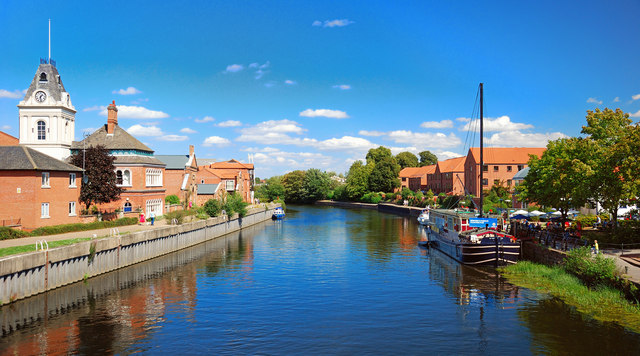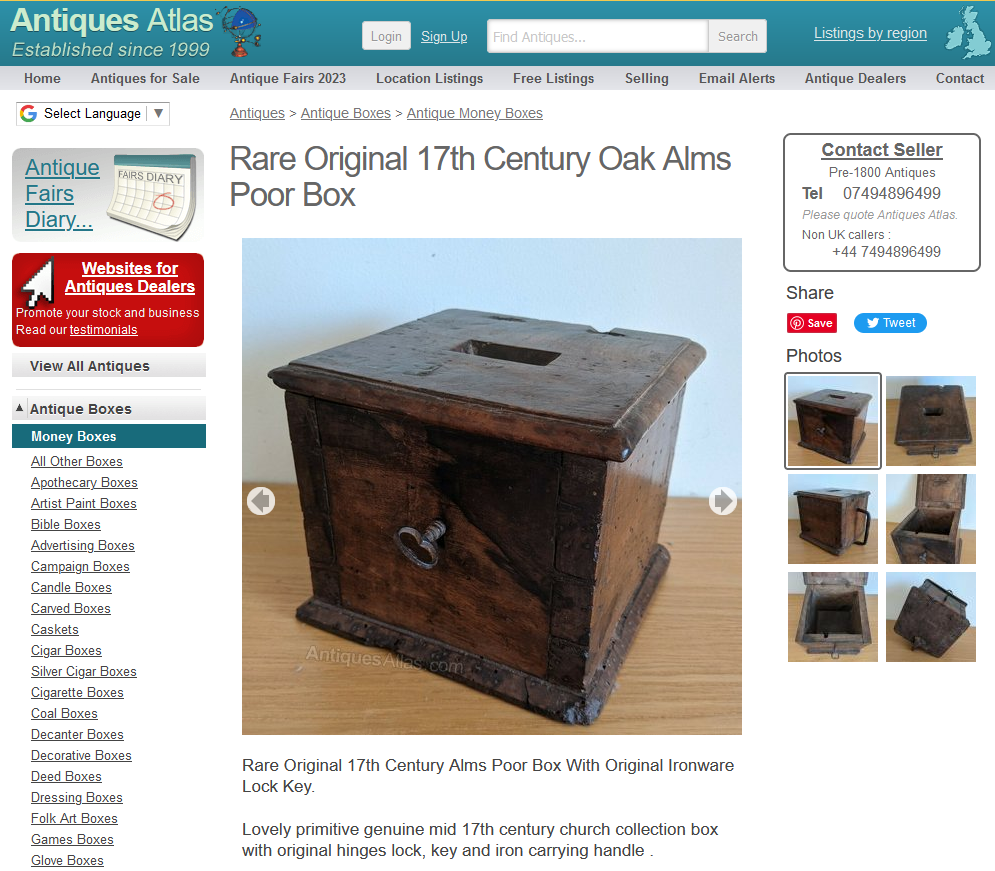
On the 11th March 1644, the Parliamentary forces were besieging the Royalist-held Newark-on-Trent. Newark was a strategic centre as it was on the River Trent and on a major road junction. Here, the Great North Road (A1 from London to the North) and the Fosse Way (from Exeter, via the Cotswolds to Leicester) met. It was vital for the King, as the roads linked Chester and York to Oxford. Oxford was the King’s HQ; Chester was the key to Wales and the North West. York controlled access to the North East.
Newark withheld three sieges and only ‘fell’ when King Charles I surrendered. The Castle and other military defences were slighted.
Newark & the Penny Loaf & Hercules Clay,
During the second siege, in 1644, Hercules Clay dreamt that his house was on fire. He ignored the dream at first but as it repeated he took his family out of the house (next door to the Town Hall).
Shortly after, the house was hit by a ‘bombshell’, fired by the Parliamentary side. Because of his miraculous delivery, he left £100 in his will for a distribution of ‘penny loaves’ to the poor of Newark. His will said:
‘Upon the 11th day of March yearly forever upon which day it pleased God of his infinite mercy wonderfully to preserve me and my wife from a fearful destruction by a terrible blow of a granado in the time of the last siege’
And also he left £100 for a commemorative sermon to be read on the anniversary of the incident. The service is normally held on the closest Sunday to the 11th March. But the Church is being refurbished, so instead they had an event in the Town Hall and a procession.
Clay was a Mercer and a Royalist who, post mortem, was fined for lending £600 for the maintenance of the Royalist Garrison. It was paid by his brother.
At the time Churches had poor or bread boxes into which the women of the Parish would place loaves for the poor.

For more information on Hercules Clay see https://www.clayofderbyshire.co.uk/mayors. And thanks to the Clays for the research.
Penny loaf day see https://calendarcustoms.com/articles/newark-penny-loaf-day/
For my post on the execution of Charles 1 look here https://www.chr.org.uk/anddidthosefeet/january-28th-31st-charles-i-martyrdom-get-back/
First written in 2024, revised 2025
Discover more from And Did Those Feet
Subscribe to get the latest posts sent to your email.
